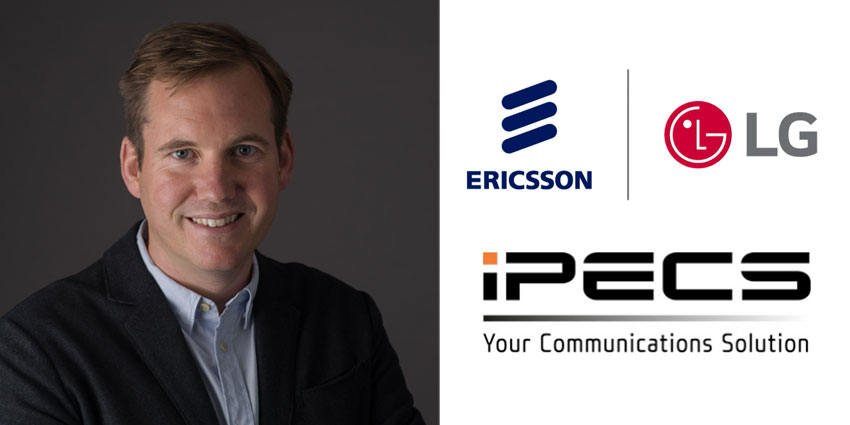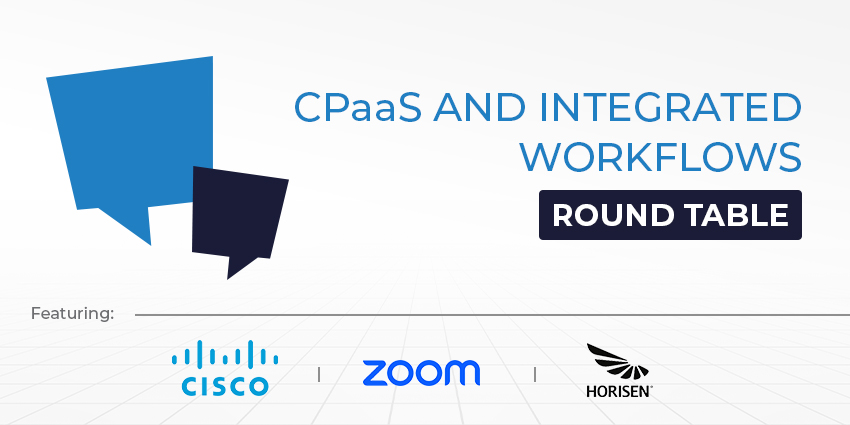While the discussion around UC today might heavily feature the impending growth of the cloud, it’s important to remember that there are multiple deployment models available for communications. Finding the right comms strategy is far from a one-size-fits-all model, and each deployment strategy comes with its own range of positives and negatives to think about.
To help find more guidance for companies searching for best deployment method, we caught up with Will Morey, the Sales and Marketing Director of Pragma, the UK’s exclusive distributor for Ericsson-LG and the iPECS portfolio.
Ericsson-LG is one of the most innovative unified communication brands available on the market today, providing a proactive approach to offering customers across the globe a broad range of cutting-edge telecommunications and networking services.
Tell Us about Ericsson-LG – What Makes You Unique?
Will began by telling me that Ericsson-LG entered the cloud communications space in the UK approximately three years ago, and they’ve already seen incredible success with their iPECS product.
“We came from the background of being able to offer a complete PBX feature set and functionality through a cloud platform, and we believe that’s a huge differentiator for us against other players in the market right now.”
The other thing that helps to make Ericsson-LG stand out is the fact that they can deliver their services across any deployment model, ranging from on-premises to a multi-tenant cloud environment or a single virtualised instance.
“Whatever you choose, you get the same features and functionality. That means that instead of pushing a customer down a particular route, we can focus on offering the right solution for the right customer.”
Do You Think There’s an “Ultimate” Deployment Model?
One of the things that set Ericsson-LG apart in the market right now is the fact that they have an incredibly flexible portfolio in terms of their deployment model. Partners can host the system, or Ericsson-LG can host it for them. Ericsson-LG has multi-tenanted solutions, virtual service provider systems, and full-service provider solutions too. I wondered whether Will saw a “holy grail” deployment model for the comms section, or not.
“It’s really the choice that matters. There are so many people out there who would say that cloud is the only way to go, but there are plenty of customers who still want to continue having an on-premises PBX. However, they also want to know that they have the option to move in the future, without worrying about their iPECS investment. We can offer that path to migration.”
Do You Think a Gradual Migration is Best?
For many companies today, the idea of moving suddenly to the cloud is enough to fill them with a sense of dread. After all, there’s a lot of changes involved in embracing the cloud, from adjusting billing cycles, to switching out cashflow. It seems that the staged approach to moving to a cloud UC model is the easiest option for many. As Will told me:
“It’s about evolution, not revolution in our resellers. With the iPECS product, the sales team simply goes out and sells the features, functionality, and the iPECS brand promise. Resellers offer companies exactly what they need – whether it’s an on-premises PBX, in the cloud, or anything else. This enables resellers to add a significant amount of value by tailoring a communication solution for each customer.
There’s been a concern in the industry for a while now that service providers are going to step over resellers in the delivery of communication services. However, we believe that resellers are important for that customisation element.”
Do You See Any Specific Trends in Deployment Models?
Sometimes, the claims about how quickly UC is moving to the cloud can be difficult to believe. I was interested to find out whether Ericsson-LG has seen any specific deployment changes in recent years. Morey told me:
“We’re probably running at about a 60/40 split right now, favouring on-premises. We see that continuing to evolve over time, and we should see a 50/50 deployment share in 2020. However, we also absolutely believe in the future of our on-premises products. We think that on-premises will continue to play a significant role in the telephony experience. There are still plenty of decision makers who want access to a technology that’s entirely in their control.”
When it comes to cost of ownership, Will noted that you could make the case either way for whether on-premises, cloud, or virtualised deployments are the bet value. While cloud seems more beneficial in the short-term, many people spread the cost of their on-premises deployment out over several years. Importantly, Ericsson-LG offers the same great experience regardless of which option their customer chooses.
“We’ve shaped iPECS, so the functionality, features, and interface are all consistent. The operating environments feel the same, so you get a great experience all around.”
What Are your Top Tips for UC Buyers?
Finally, I asked Will to share his top tips for what UC buyers or telephony customers should think about when they embrace a new telephony platform. He told me:
“The top thing for me would be that telephony buyers need to focus on the functionality and features you require before you start exploring how it’s going to be delivered. There are plenty of people out there trying to sell cloud, but the truth is that the end-user wants to see the impact that taking UC into their business model can bring – it doesn’t really matter what the deployment model is.”
For resellers, Morey believes that it’s not the delivery model that’s going to have an impact on ROI, but the features you can offer.







